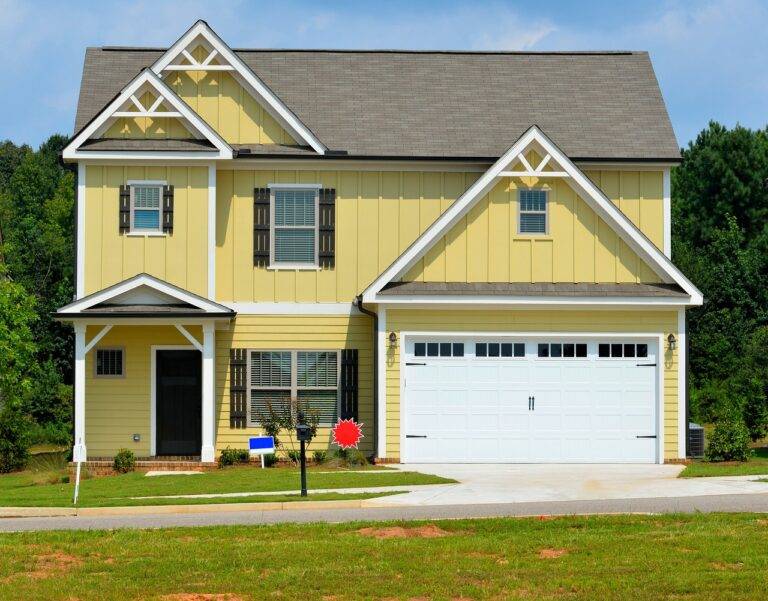Incorporating Scandinavian Design Elements into Your Home
Scandinavian design principles are characterized by minimalism, functionality, and clean lines. This design aesthetic focuses on simplicity and practicality, with an emphasis on creating inviting and cozy spaces. By incorporating natural elements, such as wood and stone, Scandinavian design aims to bring a sense of tranquility and warmth to interiors.
Another key aspect of Scandinavian design is the use of light and neutral colors, which help to create a sense of spaciousness and airiness in a room. Whites, soft grays, and muted tones are commonly used to achieve a harmonious and serene atmosphere. This color palette, combined with simple furniture and thoughtful accessories, contributes to the timeless appeal of Scandinavian design.
Nordic Color Palette
When it comes to the Nordic color palette, simplicity and minimalism are key. A harmonious blend of whites, greys, and muted tones forms the foundation of this design approach. These colors reflect the natural elements of Scandinavia, such as snow-covered landscapes and serene fjords.
Soft pastels like pale blues, gentle greens, and blush pinks are also often incorporated to add a touch of warmth and serenity to the Nordic color scheme. These subtle hues evoke a sense of tranquility and lightness that is characteristic of Scandinavian design. When combined with the neutral base tones, they create a calming and inviting atmosphere in any space.
Natural Materials in Scandinavian Design
Scandinavian design is renowned for its emphasis on natural materials that bring a sense of warmth, simplicity, and timelessness to the interior spaces. Wood, a quintessential element in Scandinavian design, is often used in furniture, flooring, and decor to create a cozy and inviting atmosphere. From light-toned birch to rich walnut, the use of wood adds a tactile and organic quality to the interiors while embodying the connection to nature that is characteristic of this design style. Additionally, materials such as leather, wool, and stone are commonly incorporated into Scandinavian interiors, adding texture and depth to the spaces.
In Scandinavian design, the use of natural materials is not only about aesthetics but also about sustainability and functionality. By opting for materials like solid wood, natural fibers, and stone, designers adhere to the principles of eco-friendliness and durability. These materials age beautifully over time, developing a patina that adds character to the space while reducing the need for constant replacements or updates. Moreover, the use of natural materials in Scandinavian design reflects a respect for craftsmanship and quality, resulting in interiors that are timeless and enduring in their appeal.





